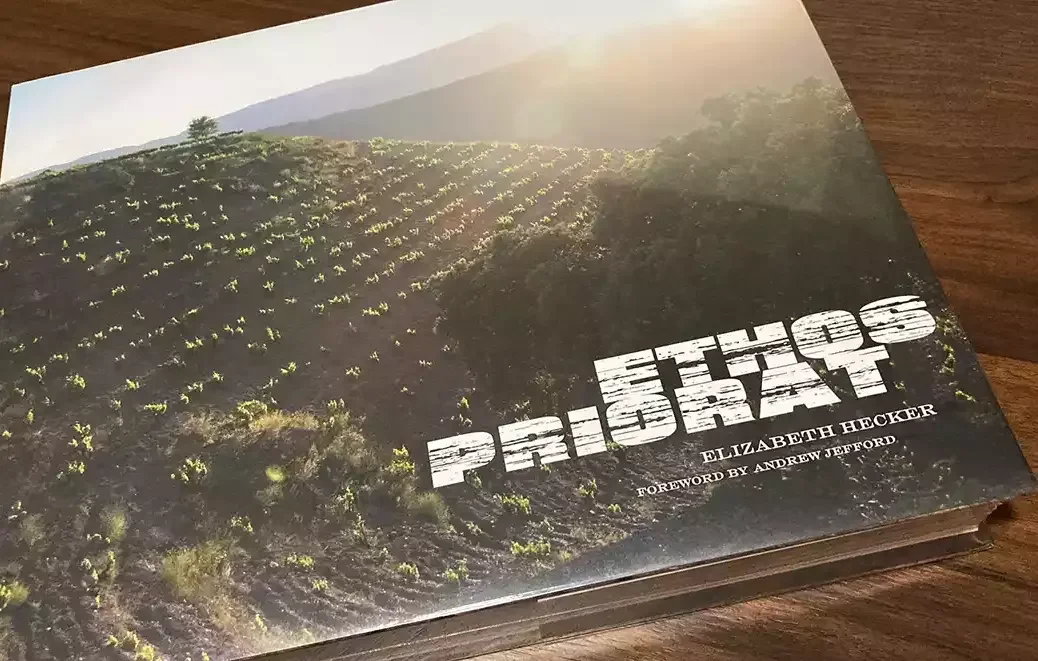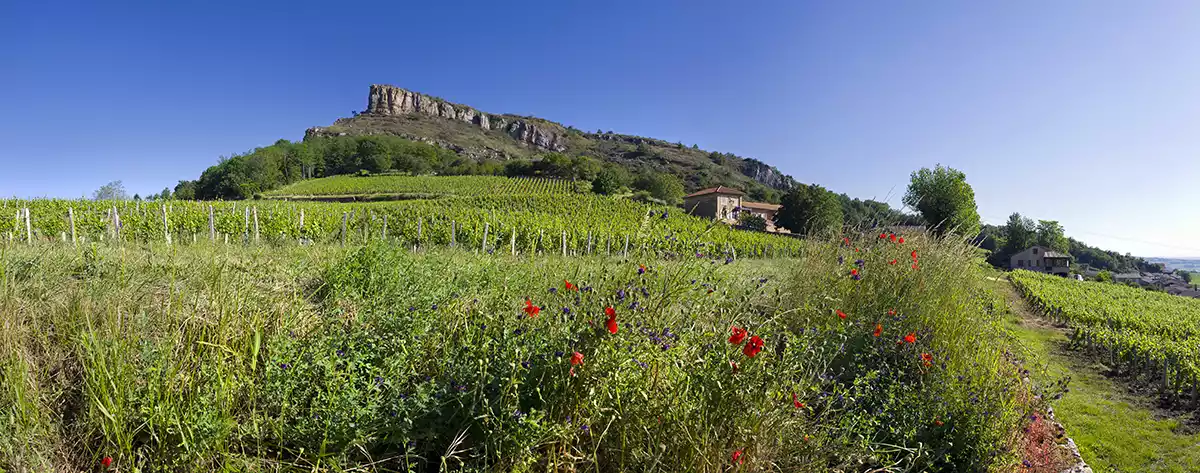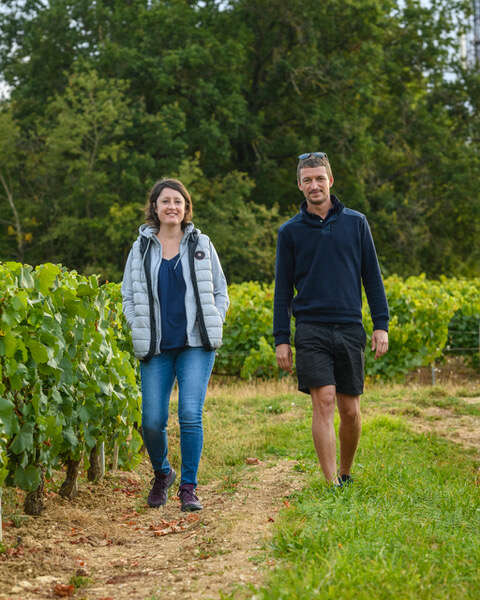
Elizabeth Hecker’s Ethos Priorat is a labor of love filled with evocative words and pictures, says David Williams.
The idea that a wine can have a sense of place is, if not entirely uncontroversial, certainly widely accepted in contemporary wine circles. Quite how literally we should take this notion, however, is another matter entirely. The more skeptical among us might ask just what kind of information we are being given about place when we taste: Can a wine be said to describe a place in the same way as a piece of descriptive prose or poetry, a painting, or a photograph? Is wine’s evocative power confined to reminding us of places we already know, or can it take us somewhere we’ve never been before?
For Elizabeth Hecker, there’s no doubt that some wines, from some places, can indeed communicate something vividly precise about their origins. Recalling the source inspiration for Ethos Priorat in the book’s opening pages, she looks back two decades to her first taste of wine from the Catalan region that would go on to become her great obsession.
“My awareness began in 2003, when I tasted a Priorat wine at a festival in Telluride, Colorado,” Hecker writes. “I had not heard of the region, so I had no preconceived notions, but when I brought the glass to my nose, my first impression was not about an aroma or flavor. It was as if my palate had eyes. I was looking into mysterious darkness that opened up to sunlight glistening off shimmering steep slopes. The experience was transcendental. It gave true meaning to the term sense of place.”
A couple of years later, during a visit to Spain, Hecker was able to pit her wine-derived ideas about Priorat against reality—or, as she puts it, “to find out if what I had seen in my head was real.” To her “amazement, it was,” and thus began a love affair “with the land and its old vines as if they had called to me through that first taste of Priorat wine.”
Ethos Priorat is the result of the extended labor of love that followed on from that first taste and visit. Based in California and a graphic designer by trade, Hecker carried out years of research, interviewing a cast of hundreds of locals and regional experts; spending countless hours tramping up and down those “shimmering steep llicorella slopes”; and exploring the vineyards and villages in Priorat’s 12 subzones. As the years went by, her relationship with the region deepened, becoming ever more intimate to the point where “even the wild herbs and bushes are no longer anonymous background to me.”
Hecker’s efforts were not in the service of producing a conventional regional wine guide; this isn’t the book to buy for wine rankings and producer profiles. Arranged into three thematic sections—“Nature,” “Spirit,” and “Wine”—the soulful snatches of prose combine to tell a nicely succinct story of the region’s geology and climate, its fauna and flora, and its social and cultural history (Hecker’s interviews with the region’s “elders” are particularly valuable here). But in truth, they wouldn’t add up to much more than a pamphlet (albeit a particularly lucid and poetic one) were they not accompanied (or rather, if they weren’t accompanying) the book’s main draw: Hecker’s gorgeously evocative color photographs.
Modestly, Hecker says she doesn’t consider herself to be a photographer “at the level of the professionals” with whom she works in her day job. But her images have a lovely unforced naturalness at times. Whether she’s training her much-loved Canon Rebel at misty autumnal landscapes or at the heat and dust and excess of light of a terraced vineyard in summer; at wrinkled ancient Carinyena or Garnatxa vines or at a group of winemakers going unselfconsciously about their day, there’s an immediacy to the pictures and words of Ethos Priorat that, like the region’s best wines, gives it a powerful—or, to use Hecker’s favored term, “visceral”—sense of place.
Ethos Priorat
Elizabeth Hecker
Published by the Académie du Vin Library
334 pages; hardback £60






